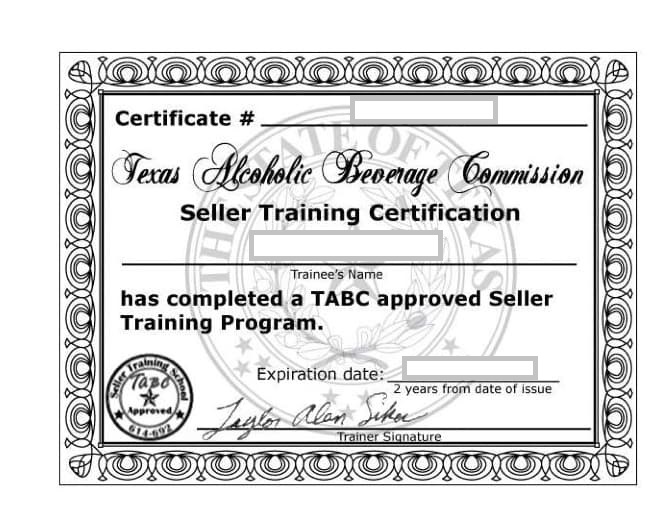A few key steps must be taken before getting your TABC permit. These include taking the TABC certification course, creating an account in AIMS, and submitting your application.
Becoming TABC certified helps you stay in compliance with state laws and guidelines. This includes knowing how to check ID, recognizing fake ID, and intervening when dealing with minors or intoxicated patrons.
Apply for a Permit
After meeting eligibility requirements and taking the TABC Licensing Course, you can apply for your permit through AIMS. It’s important to note that this is the first step in a lengthy process.
In addition to submitting the application and paying the fee, you must submit all the required documentation. This includes the prequalification packet, location packet, and business packet. You must also publish a notice and get a publisher’s affidavit. Additionally, you must complete all city, county, and comptroller certifications.
It’s also important to know that local fees are separate from the state fee and can add up quickly. We recommend contacting your local tax assessor-collector for more information. You must also ensure all reported ownership changes are updated on your TABC profile.
Create an Account in AIMS
Once you have determined which TABC permit(s) will fit your business plan, the next step is creating an AIMS account. This will allow you to access and complete the application.
Once a principal party claims an existing business entity or applies for a new license, the TABC system will link that account to all the current licenses and permits associated with that business. The Prime user of this account can then grant user permissions to additional users within the business entity profile.
The Prime user may also register products. This is optional, but it helps a business manage compliance reporting. To learn more about this process, visit our Product Registration page.
Complete the TABC Licensing Course
If you plan to serve alcohol in your venue, you must complete a TABC certification course. The training provides essential information about state alcohol laws and how to work in the restaurant industry safely.
You will learn how to check identification, the definition of intoxication, and how to identify the signs and symptoms of alcohol abuse. The course also teaches you how to protect yourself, your co-workers, and customers from irresponsible alcohol service.
You can take the TABC training online from any computer, tablet, or smartphone. You can log in and out as much as you want; the course will save your progress. It is the fastest online TABC course available, and the certificate will be automatically emailed to you when you pass the final exam.
Submit Your Application
You can submit your application once you have completed the required training. It’s best to work with a business development specialist to ensure everything goes smoothly.
Once your application is submitted, the TABC will review it to determine whether your proposed location meets the minimum qualifications for the permit you’re applying for. These include being a citizen of the United States, not having a moral turpitude conviction, and complying with state alcoholic beverage control laws.
Getting a permit approved can be complicated. Deciding which permits you need, determining if the potential location is wet for that type of permit, navigating city alcohol regulations, and choosing the appropriate TABC subordinate permits are just some things to consider. The process can also be time-consuming if there are land use issues or other obstacles.
Pay the Fee
The TABC application process can feel overwhelming, but we’re here to help. Our FAQs page has quick answers to many of the most common questions.
Before applying, you should decide what type of alcohol you will sell and your location. Then, choose a permit that fits your business plan. It is important to remember that a business cannot hold interests in more than one tier of the alcohol industry – retail, manufacturing, or distribution – and a permit may not be transferred.
Once you’ve chosen a permit, form and register your business, and get the required signs. You must also complete AIMS onboarding and obtain certifications. The process may vary from county to city. For example, some towns require public notice and publisher affidavits. Others require a certified survey map or state-licensed engineer certification of property.











